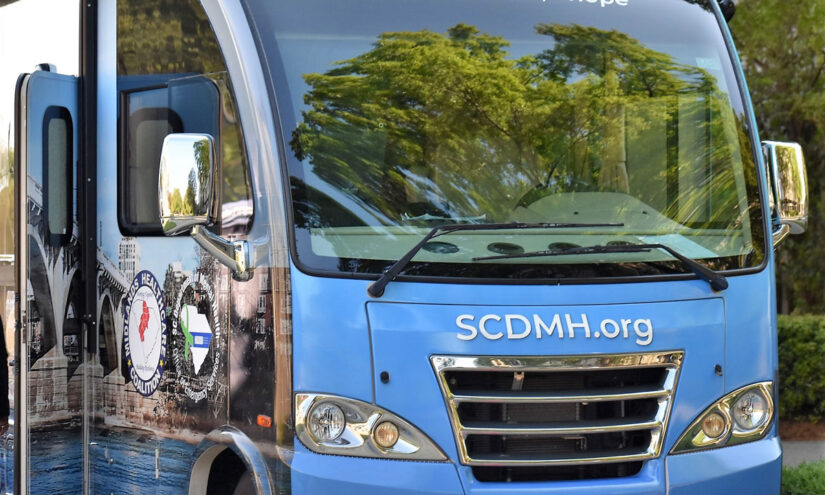During this summer, a team of students from MIT embarked on a journey to the sou …
Number of Mental Health Counselors in South Carolina Schools Doubles in 2022
Jennifer Livingstone

A report released by the state’s Medicaid agency on Thursday revealed that the number of mental health counselors in South Carolina schools has doubled in a year and a half.
A statewide survey conducted in 2022, at the request of the governor, highlighted the shortage of mental health counselors in the state’s schools, despite a growing demand for mental health services for children. The report from the Department of Health and Human Services revealed that, on average, there was only one counselor for every 1,300 students in the state, with nine school districts having no counselors at all.
The increase in the number of counselors can be attributed, in part, to a nearly twofold increase in the payment rates for licensed therapists working in schools. According to the department, the rate for a 30-minute session has risen from $37 to $71 since 2022.
A recent report found that schools in South Carolina achieved their goal of having one counselor for every 653 students as of September 2023. Overall, the number of mental health counselors in schools increased from 600 in January 2022 to 1,200 in September 2023.
According to the report, every district in the state now has at least one counselor. Some counselors remain stationed at a single school for the entire school day, while others rotate between schools.
Despite the increase in the number of counselors, it still falls short of the recommended ratio of one counselor for every 250 students set by the American School Counselors Association. The nationwide average ratio is closer to 400 students per counselor, as reported by the U.S. Department of Education.
The state’s long-term goal is to have one therapist for every 325 students. However, a lack of mental health clinicians poses a challenge to achieving this goal, as South Carolina does not have enough of them available, according to Jeff Leieritz, spokesman for the state’s Medicaid agency.
The agency’s report was released a day after Gov. Henry McMaster highlighted the progress made in school-based mental health services during his State of the State address, offering a preview of the survey’s findings.
According to findings by the South Carolina School Behavioral Health Academy, children are 21 times more likely to utilize mental health services within their schools compared to seeking therapy outside of school. This underscores the importance of having counselors available at schools, as emphasized by Robby Kerr, the state’s Medicaid director.
The demand for mental health services is on the rise. Suicide rates among individuals aged 10 to 24 experienced a 62% increase from 2007 to 2021, according to the Centers for Disease Control and Prevention. In 2021, South Carolina saw a rate of 2.5 suicides per 100,000 children.
In addition to increasing therapist pay, changes in payment policies have contributed to South Carolina’s improved numbers. The state Medicaid agency modified its policy to facilitate the hiring of private clinicians by schools while allowing the costs to be covered by the agency. Previously, the need for counselors was met by the state’s mental health workers.
This policy change has enabled districts to hire their own counselors, a preferred option for almost 60% of district leaders, based on the 2022 report.
As of the 2023 survey, approximately 600, or around half, of all in-school mental health counselors were employed by their districts instead of a state agency. School districts still have the choice to partner with the state Department of Mental Health or adopt a hybrid model that combines state workers with private clinicians.
District-employed counselors can dedicate more time to schools, resulting in less turnover and a consistent point of contact for students, according to Leieritz.
The increased number of counselors also means improved support for students in crisis situations. Previously, mental health clinicians, overwhelmed with daily sessions, often did not have the capacity to assist students in mental health emergencies, leading these incidents to be handled by untrained nurses or administrators, as stated in the 2022 report.

